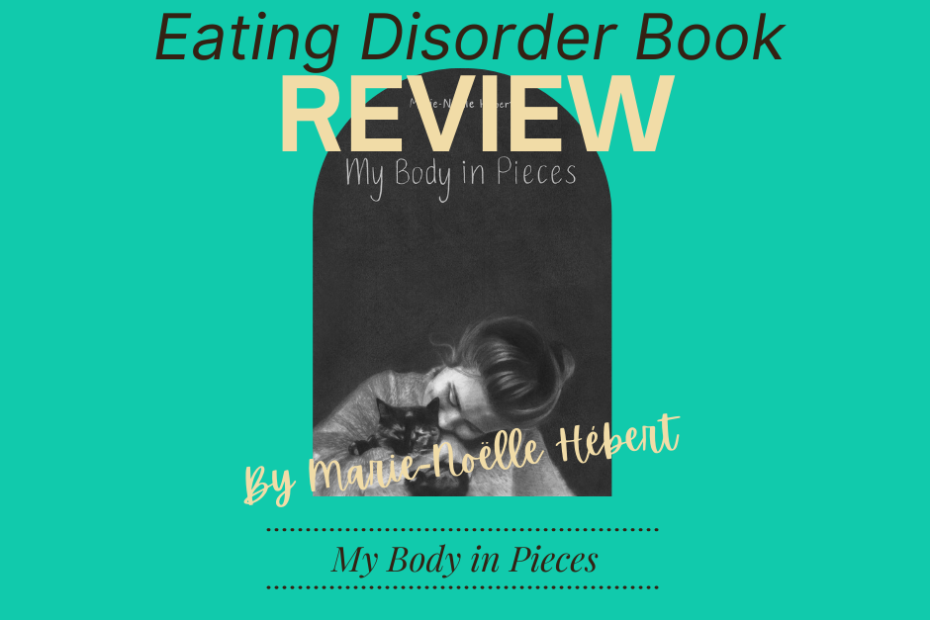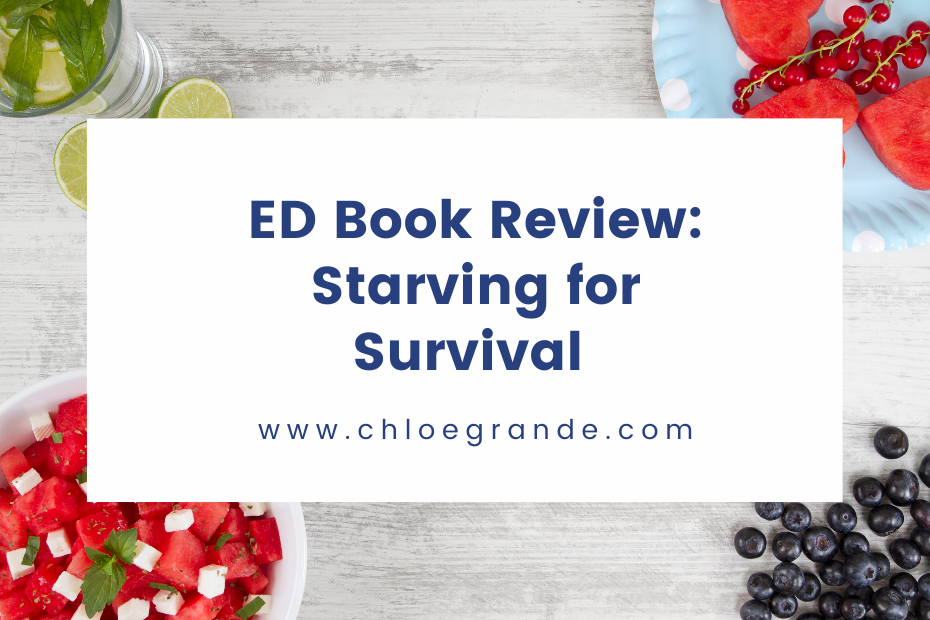Warning: Your heart may be in pieces after reading Marie-Noëlle Hébert’s debut graphic memoir, My Body in Pieces. Drawn entirely in graphite pencil, we are intimately taken through Marie-Noëlle’s turbulent upbringing in Montreal — one filled with body shaming, bullying and self-hate that manifests into an anxiety-riddled eating disorder.
The book doesn’t gloss over any of the pain that comes with all-consuming body dysmorphia. Between nightmarish sleeps and family gatherings focused strictly on diet talk (one aunt suggests a Weight Loss for Trouble Spots book), there’s also discussion of suicide and self-harming thoughts.
This is not an easy read. But it’s a relevant, revealing and important one. Anyone who has ever felt like an outsider, a stranger in their own body, will identify with Marie-Noëlle’s inner dialogue and demons, and the power that friendship and good therapists can bring.
Here are my top five takeaways from the memoir.
1. The narrative is jarring for a reason.
We are initially introduced to Marie-Noëlle as a 20-year-old, buying a bag of Miss Vickie chips to binge-eat alone in her apartment. Then, she’s 11 years old in the schoolyard and bullied for her appearance. Through flashbacks and flash forwards, we witness her father call her a “fat pig,” her withdrawal from close friends and the despair she feels after being rejected by her crush. For people with EDs, there often isn’t a linear narrative from relapse to recovery — I appreciate how the jumbled structure mirrors the reality of life with an ED.
2. The illustrations are stunning.
As both author and illustrator, Marie-Noëlle blends her simple prose with haunting illustrations. The black-and-white images are sometimes dark and intensely detailed, other times lightly pencilled and slightly blurred. Some pages are left wordless, giving space to absorb the intensity of the subject: a frigid Montreal winter, a breakdown into uncontrollable tears, a toddler twirling alone in a dress.
3. Her eating disorder is about more than food.
As we see with Marie-Noëlle, her feelings of worthlessness stem from not fitting in with her peers and the constant teasing. It’s her bushy eyebrows, the pimples on her forehead, not looking like the Barbie dolls and princesses she grew up idolizing. Then there’s the constant pressing feeling in her chest and romantic rejections, all while struggling with her femininity, sexuality and sense of belonging.
4. The consequence of fat-shaming are devastating.
Marie-Noëlle is plagued with unsolicited advice from family members to “Just wear dark colours” and “Pull in your stomach!” When she loses weight one summer playing soccer, she’s complimented for her trimmer figure. She reveals: “For the first time in my life, I’m terrified at the idea that I might put on the pounds I lost back on.” It’s only when she escapes and breaks the toxic cycle of fat-shaming in her family that she’s able to see her self-worth, beyond just physical appearance.
5. Her story is more common than we think.
It felt like reading excerpts from my childhood diary. I spoke with the same venomous tone towards my own body: “I’m fed up with no one really listening to me. I just feel like a loser. I hate myself! Big and fat. I want to lose weight!” Marie-Noëlle’s experience will touch some aspect of everyone’s lives — and give us perspective on what it feels like to be so ashamed of your own body.
I would recommend this book to friends and family members who want to gain a better understanding of life with an eating disorder. Although I’m fortunate enough to be at a point in recovery where the content wasn’t triggering to me, some of the images may hit an emotional chord with someone in the depths of an eating disorder.
If I had read this book during the beginning of my recovery journey, I certainly would have felt less alone with the tortuous thoughts about my body. Marie-Noëlle gives hope that hard times don’t last forever and shows the beauty in forgiveness and acceptance, both to others and ourselves.
Perhaps the most moving line of the book comes near the end, when Marie-Noëlle reflects on her family’s influence: “They thought it was more important to teach me how to hold in my stomach than teach me to stand up and be proud of myself.” ❤️
Many thanks to House of Anansi Press for sending me this book! You can learn more about My Body In Pieces on their website.




Love the conciseness of your review, Chloë !
Can’t wait to read it <3 <3
Can’t wait to lend it to you and hear your thoughts on it! 🙂